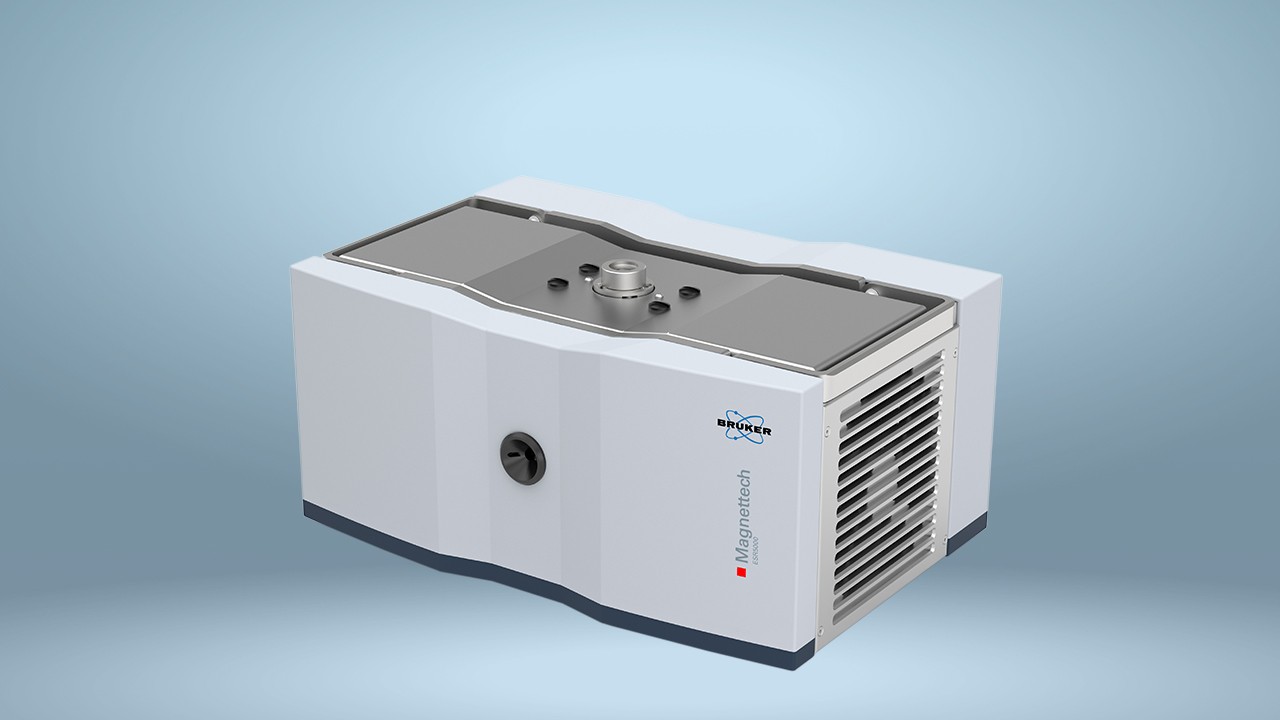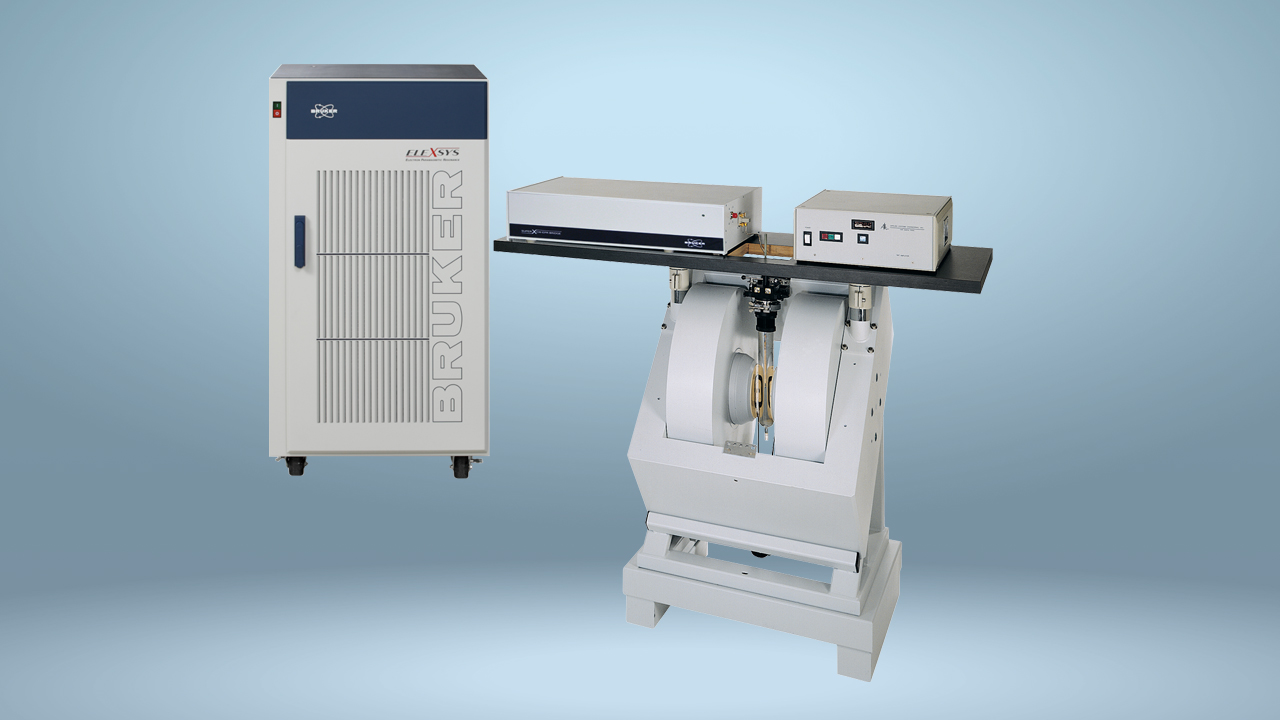

EPR Spectra Demonstrates Radiation Exposure on Mobile Phone Glass
“The EPR signals (background and the radiation-induced) are resistant to water and mechanical stress (crushing, cutting). Despite the observed decay of the RIS, dosimetry using mobile phone glass is possible even 18 months after irradiation.”
Mass exposure to ionizing radiation will affect individuals differently depending on their precise location relative to the source. There are now several treatment options for radiation exposure and the most appropriate strategy must be selected according to the level of radiation absorbed.
In order to commence appropriate treatment as soon as possible, the amount of ionizing radiation absorbed by an individual after accidental exposure must thus be determined rapidly. A suitable sample must be obtained safely, and the results of the analysis must be available immediately in order to maximize the individual’s chances of recovery.
Electron paramagnetic resonance (EPR) has been effectively used to quantify the dose of absorbed radiation in human tissue. The tissue used is typically bone or tooth enamel, which are challenging to acquire.
Data obtained from tissues that can be obtained less invasively, such as nail clippings, are distorted by water and light exposure and the mechanical cutting of the samples.
Research into more convenient targets for dosimetric analysis has thus turned to personal possessions likely to be present on many individuals. EPR has already been shown to effectively determine radiation exposure in glass so watch faces and mobile phone screens provide likely candidates for radiation dosimeters.
EPR uses the excitation of electron spins to non-destructively study materials with unpaired electrons in a manner analogous to nuclear magnetic resonance (NMR). It has been widely used in the evaluation of a range of substances to test for suitability as targets for the retrospective evaluation of radiation exposure.
The ideal target would be readily accessible, widely present in the general population, and provide distinctive radiation-induced changes in EPR spectra that are not affected by exposure to water, light or sample preparation.
The virtually universal trend of mobile phone usage has made them an obvious choice as potential dosimeters. The glass from mobile phones has been shown to provide radiation-specific changes in EPR spectra.
A recent study evaluated the dosimetric potential of glass from the screens of a range of different brands of mobile phones, as well as tempered glass screen protectors. Samples of glass from the different phones were separated from the LCD layers, washed and crushed in a mortar into pieces ranging from 0.3mm to 4 mm.
Some larger pieces were also measured to check the effect of crushing on the background signal. After irradiation, the samples were analyzed using a Bruker EMX 6/1 EPR spectrometer at room temperature. The Bruker marker ER 4119HS-2100 was used as the internal reference sample for all measurements.
Changes in the EPR signal allowed the determination of radiation exposure and were resistant to distortion by exposure to water and mechanical stress. Furthermore, the evaluation of radiation exposure was still possible 18 months after irradiation.
The authors concluded that glass from the screens of mobile phones represents a good detector material for use in accident dosimetry. However, further research is required in order to characterize the variability in background signals between different types of mobile phone glass.
Reference:
Juniewicz M, et al. Time evolution of radiation‑induced EPR signals in different types of mobile phone screen glasses. Radiation and Environmental Biophysics 2019. DOI: 10.1007/s00411-019-00805-1


